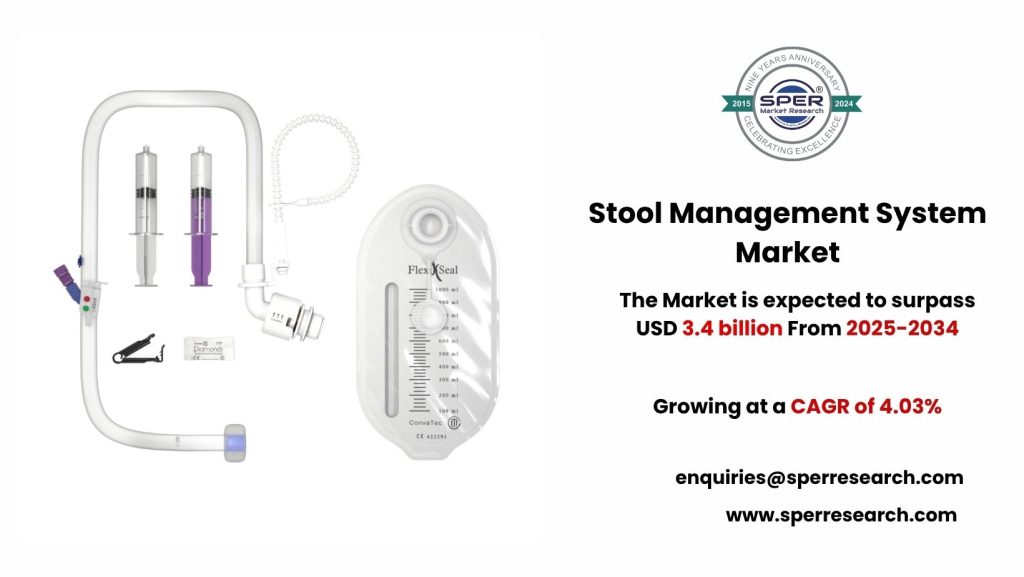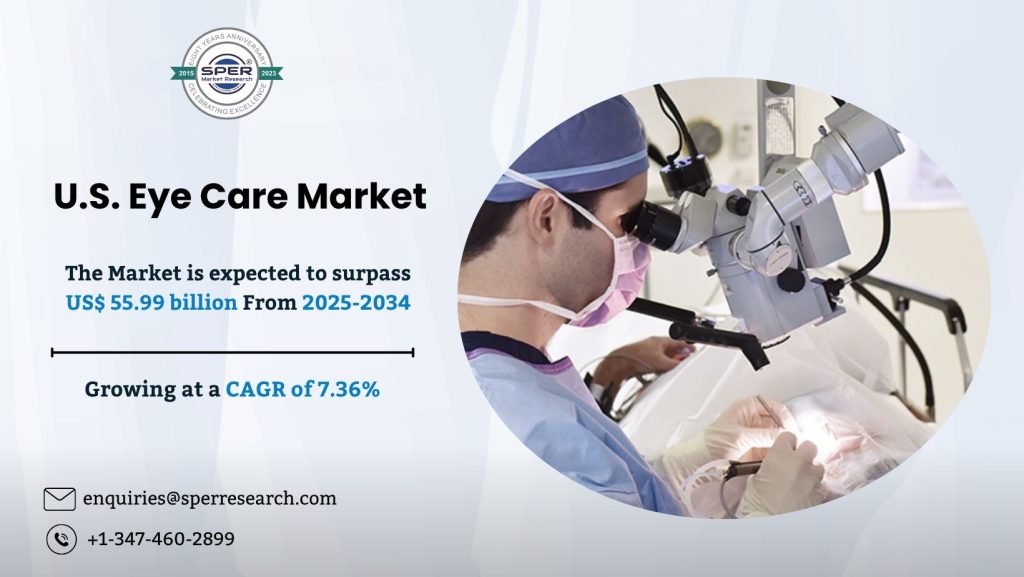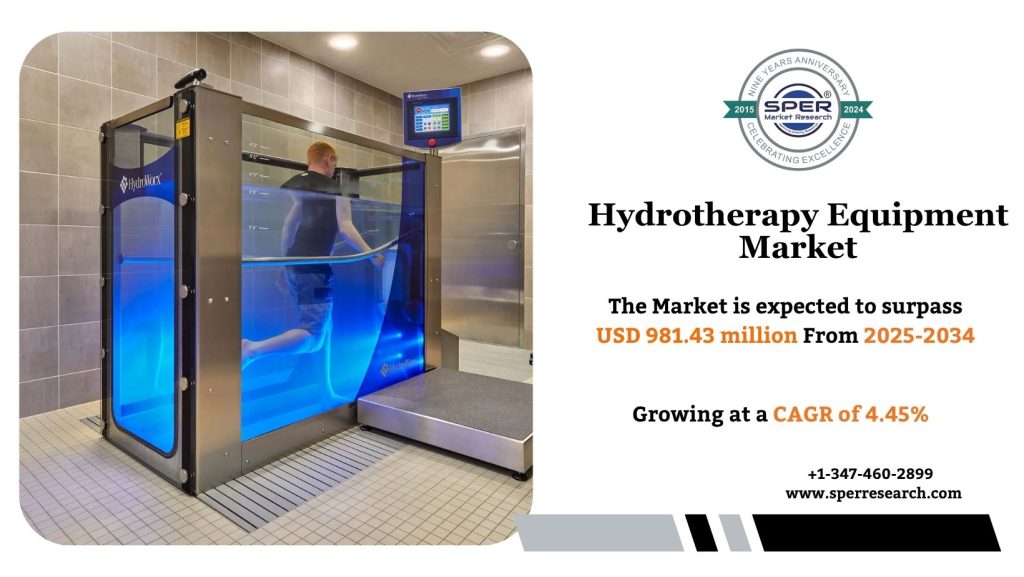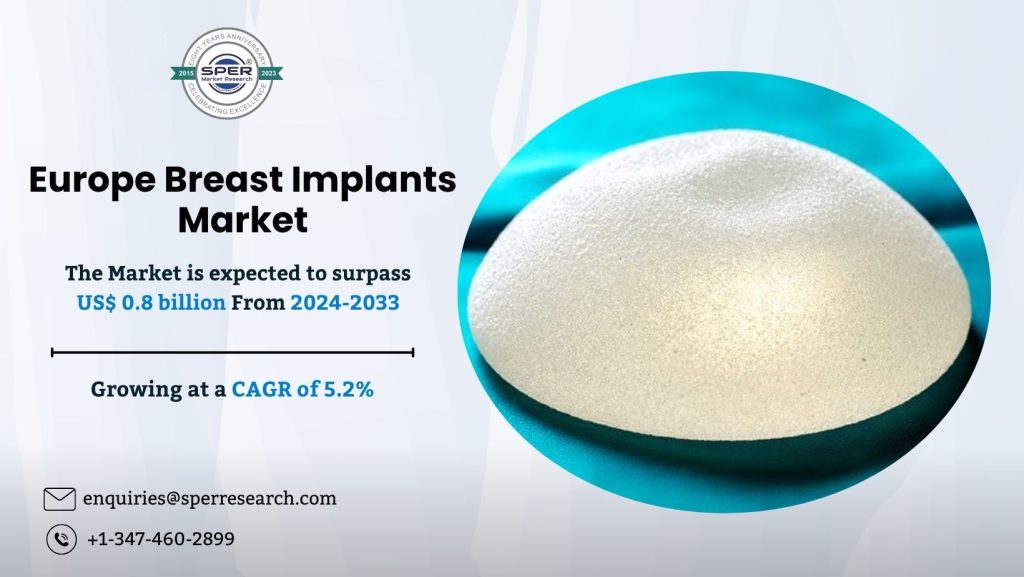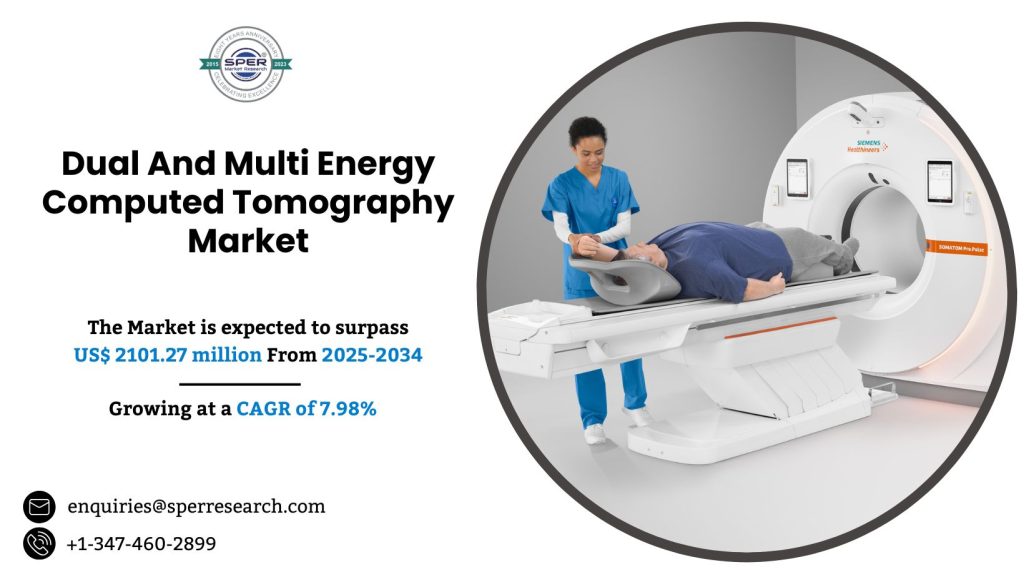Stool Management Systems (SMS) are essential in modern healthcare, especially for critically ill patients in intensive care units who cannot manage their bowel movements. These systems help prevent hospital contamination, reduce infection risks, and improve patient comfort by maintaining hygiene standards and minimizing complications like skin irritation and pressure ulcers.
According to SPER market research, ‘Global Stool Management System Market Size- By Type, By Patient Type, By End-User – Regional Outlook, Competitive Strategies and Segment Forecast to 2034’ state that the Global Stool Management System Market is predicted to reach 3.4 billion by 2034 with a CAGR of 4.03%.
Drivers:
The market growth for stool management systems is driven by the rising cases of bowel disorders like inflammatory bowel disease, fecal incontinence, and colorectal cancer. The increasing elderly population, who often experience bowel issues, also plays a significant role. Technological improvements in bowel management devices, such as advanced irrigation systems and ostomy bags, enhance treatment options. As more people seek efficient bowel management, the demand continues to rise, particularly due to issues like fecal incontinence and muscle weakness related to aging.
Request a Free Sample Report: https://www.sperresearch.com/report-store/stool-management-system-market?sample=1
Restraints:
Advanced stool management solutions, including as nerve modulation devices and high-quality irrigation systems, can be excessively expensive for both healthcare providers and patients. This high-cost limits access and acceptance, particularly in low-income communities and among patients with limited financial resources. Furthermore, many patients and medical professionals do not know about the latest advancements in bowel control devices or how to use them correctly. This ignorance may lead to poor gastrointestinal illness treatment and resistance to implementing new technologies. The North America stool management system market was the largest in 2024 and is expected to grow significantly. The region has an aging population, with many individuals aged 65 and older, leading to more chronic health issues and fecal incontinence. As this group increases, the demand for stool management systems designed for older adults will rise. North America is also a center for medical device innovation, enhancing stool management systems with better features and performance. Key advancements include innovative materials, improved adhesives, and digital monitoring for patients. These technological improvements lead to better containment and user satisfaction, increasing adoption rates in the region. Some of the key market players are B. Braun Melsungen AG, Becton, Dickinson and Company, Coloplast A/S, Convatec Inc, Dansac A/S, Hollister Incorporated, and others.
For More Information, refer to below link: –
Stool Management System Market Share
Related Reports:
Optical Coherence Tomography Market Size
Sinus Tissue Resection Market Growth
Follow Us –
LinkedIn | Instagram | Facebook | Twitter
Contact Us:
Sara Lopes, Business Consultant — USA
SPER Market Research
enquiries@sperresearch.com
+1–347–460–2899
